The first thing that comes to mind when you think about Peruvian culture is the Inca civilization, is it not?
Machu Picchu is one of the most famous landmarks in the world and although the Inca Empire encompassed all of Peru, it stretched much further to its greatest extent.
The Incas produced both monumental architecture and various types of art and they partially incorporated their identity into their artworks as their region was colonized by the Spanish.
As in most parts of South America, colonial art mostly revolved around religious works that were used to decorate newly constructed churches in the 16th century and onwards.
Baroque art was the dominant style in the 17th and 18th centuries. This radically changed in the 19th century when Neoclassical art and Romantic art were introduced to Peru.
The Fine Arts School of Lima was established in 1919 and this had a great influence on contemporary art in Peru.
So who were some of the most famous Peruvian artists in history? In this article, you’ll find out.
1. Diego Quispe Tito
Diego Quispe Tito (1611-1681) was a member of the Quechua People in Peru and the leading artist of the so-called Cusco School. This school of painting was established in the late 16th century, shortly after the Spanish arrived in Peru, and was prominent in the region well into the 18th century.
He was a member of a noble Inca family and lived and worked his entire life in the San Sebastián of his home city of Cusco. He produced religious works of art that were heavily gilded, a typical characteristic of the Cusco School. He was also inspired by engravings that were brought to Peru from Flanders in modern-day Belgium.
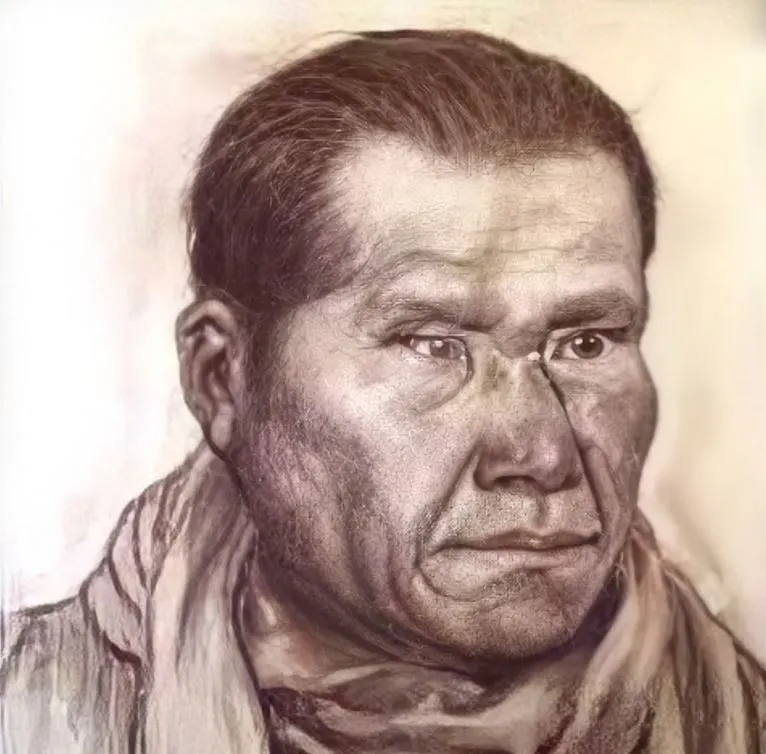
2. Marcos Zapata

Marcos Zapata (1710-1773) is also known as “Marcos Sapaca Inca” and is another notable member of the Cusco School of painting. He was one of the final members of this art movement which revolved around Spanish artists teaching natives to produce religious paintings.
What’s remarkable about Zapata is that he included elements from his home country in his works. His most famous work is The Last Supper at Cusco Cathedral and it features guinea pigs as food and glasses of chicha instead of bread and wine in European versions.
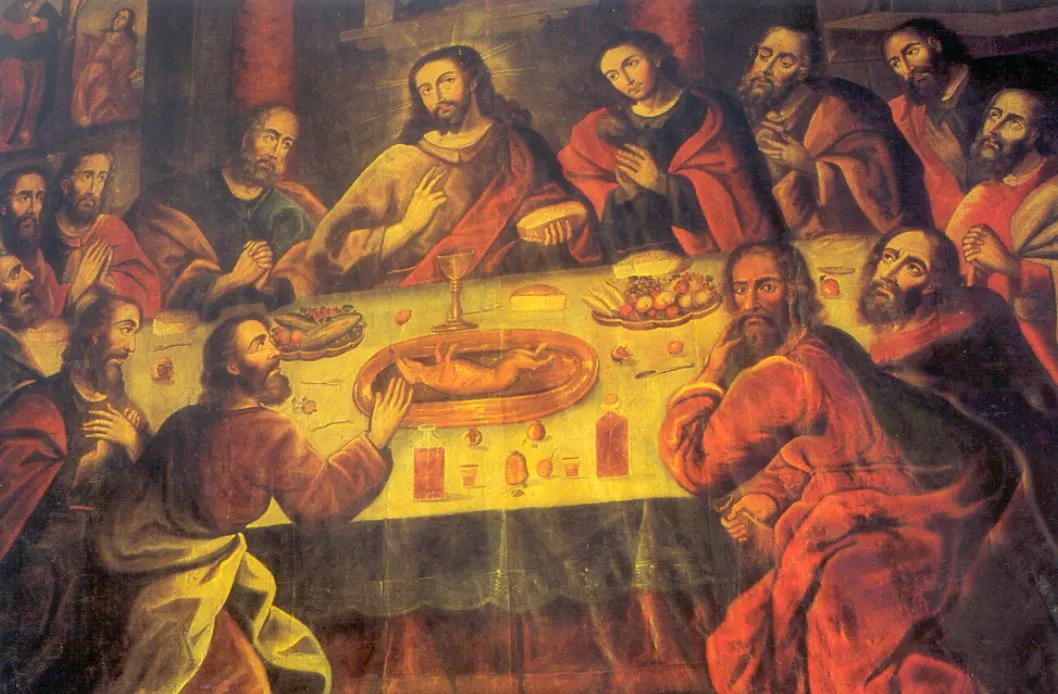
3. Ignacio Merino
Ignacio Merino (1817-1876) was a Peruvian painter who lived and worked most of his professional career in Paris. His mother was of noble descent and he was sent to the French capital at the age of 10 to study. As a major artistic center, Merino became interested in art around this time.
He started painting at the height of the Romantic era and remarkably managed to study together with Eugène Delacroix (1798-1863), one of the leading Romantic artists of the 19th century. This happened in 1850 and he lived the rest of his life in Paris, producing costumbrista and historical paintings.
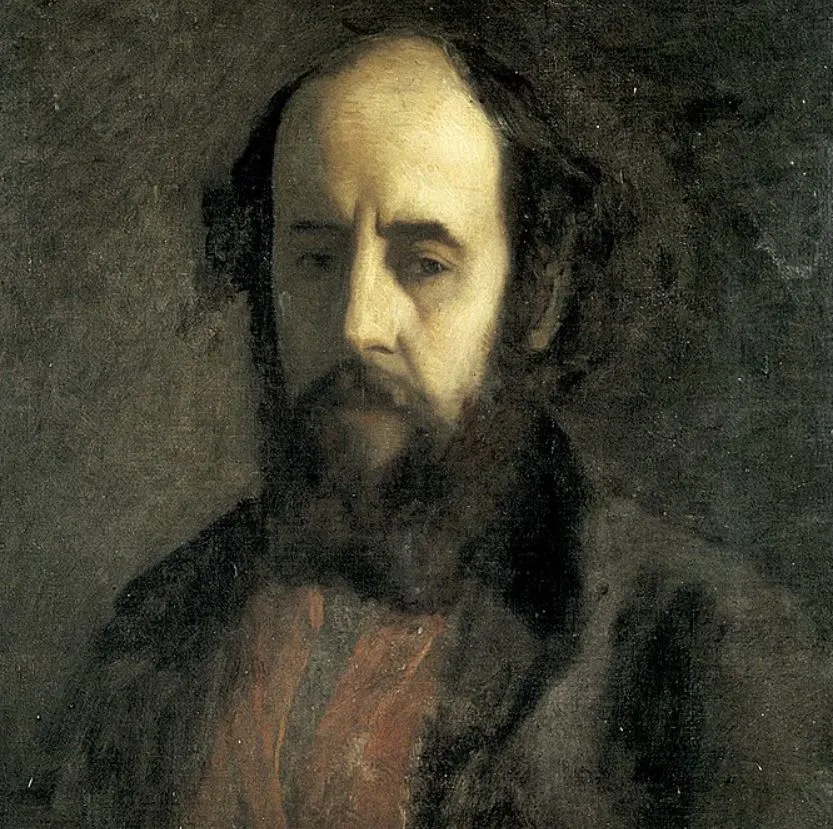
4. Daniel Hernández Morillo
Daniel Hernández Morillo (1856-1932) was an academic Peruvian painter who also lived and worked in Paris for most of his career. He studied art in Lima, the capital city of his mother’s native county of Peru while his father was Spanish.
He met Ignacio Merino when he arrived in Paris and subsequently traveled to Rome to study art. He returned to Peru in the 20th century and became one of the founders of the Escuela Nacional de Bellas Artes in Peru and was the organization’s first director as well.
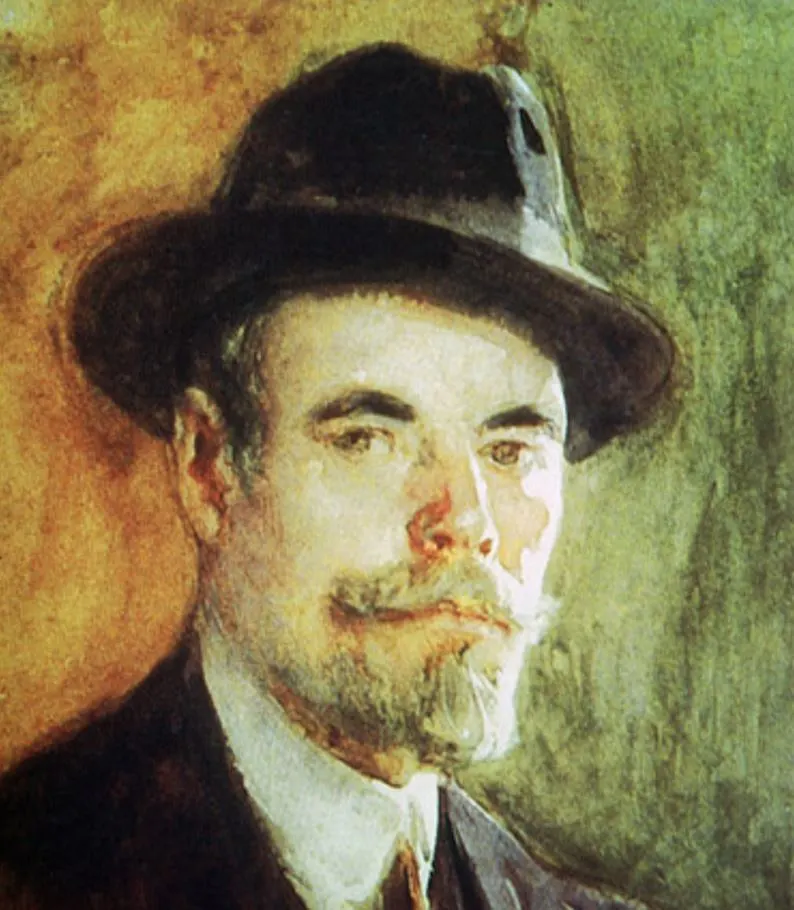
5. Teodoro Núñez Ureta
Teodoro Núñez Ureta (1912-1988) was a Peruvian painter and writer who mainly focused on celebrating the common people in his native country. Many of his paintings were inspired by the Andes and people who lived in the countryside of Peru.
He was largely self-taught as a child because he was born into a very poor family in the city of Arequipa. This explains why he was so attracted to this subject matter. He ultimately became an art professor and taught at the Universidad Nacional de San Agustín de Arequipa.
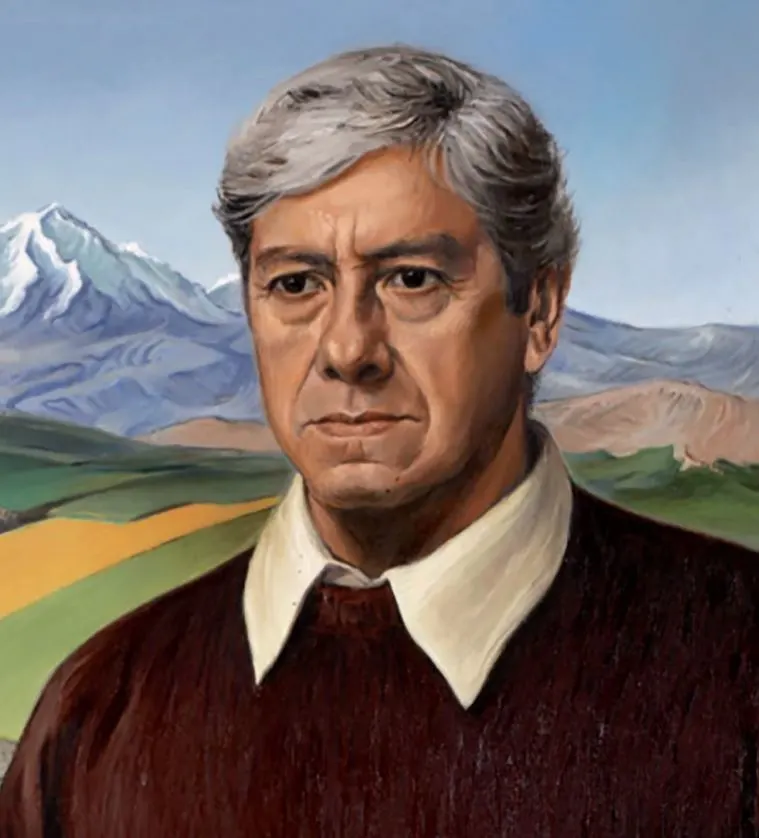
6. Fernando de Szyszlo
Fernando de Szyszlo Valdelomar (1925-2017) was an extremely versatile Peruvian artist. He produced paintings, sculptures, and prints, and also taught art. He was a highly esteemed artist and was awarded the Order of the Sun of Peru in 2011, the highest award in the country.
He had a remarkable background because his mother was Spanish-Indian and his father was Polish, which explains his non-Peruvian-sounding last name. His most notable achievement was the fact that he introduced abstract art to Peru in the 1950s. Today, his legacy can be admired in museums all around the world.
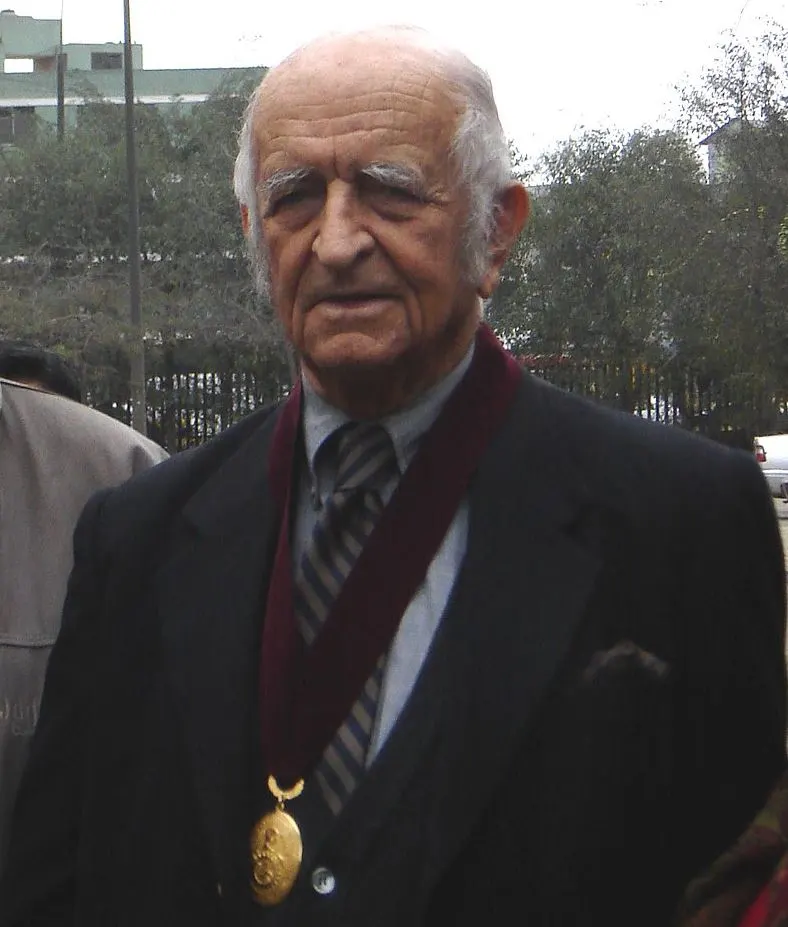
7. Pablo Amaringo
Pablo Amaringo (1938-2009) is an artist who allowed you to see what he experienced after he was on a trip following his consumption of a shamanic plant brew from ayahuasca. This means that his works are extremely colorful and hallucinatory.
He lived in poverty until the mid-1980s, a time when he met researchers Dennis McKenna and Luis Eduardo Luna. After he was introduced to the western world, his career took off and he was featured in several documentaries as well, including “Ayahuasca Nature’s Greatest Gift,” which features many of his works.

8. Víctor Delfín
Víctor Delfín (born in 1927) is one of the most celebrated contemporary artists in Peru. He’s both a painter and a sculptor and has produced one of the most iconic Peruvian artworks in history titled “El Beso” or “The Kiss.”
This monumental sculpture was unveiled in 1993 and is located in the fitting “Love Park” in the Miraflores district of Lima. It’s one of the most photographed spots in the city as the sculpture features scenic views of the Pacific Ocean just behind it.

